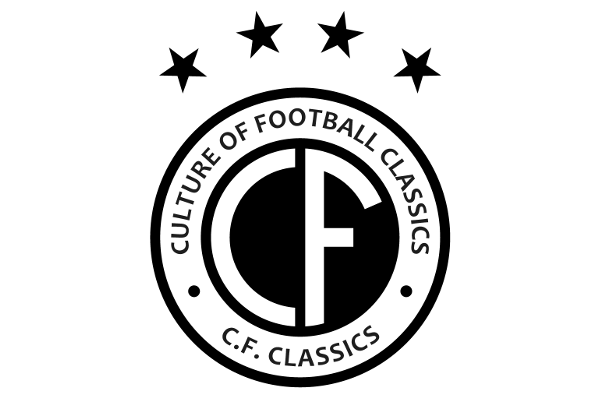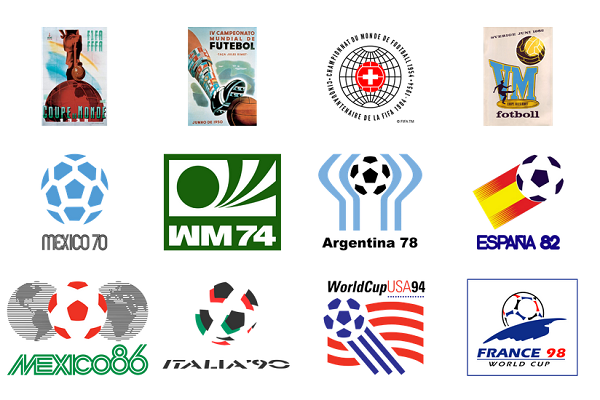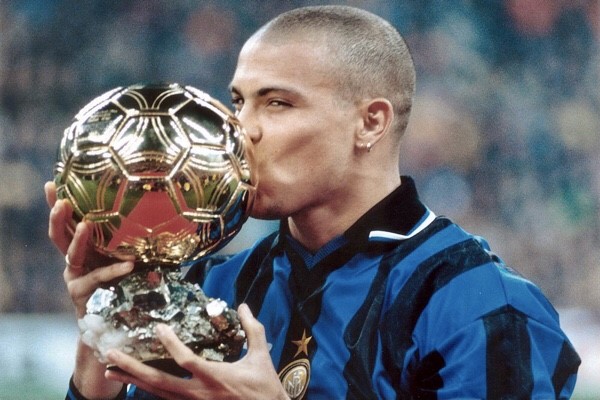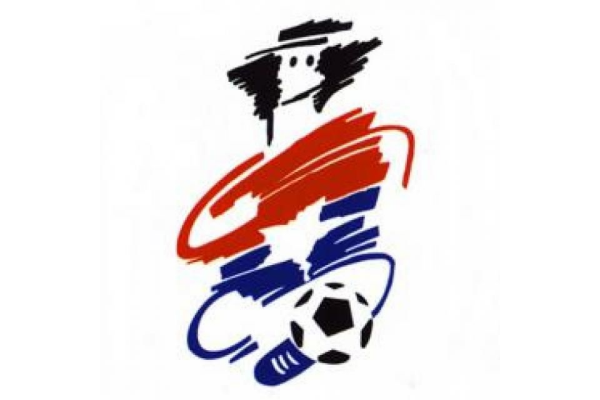The Mascots of the World Cup
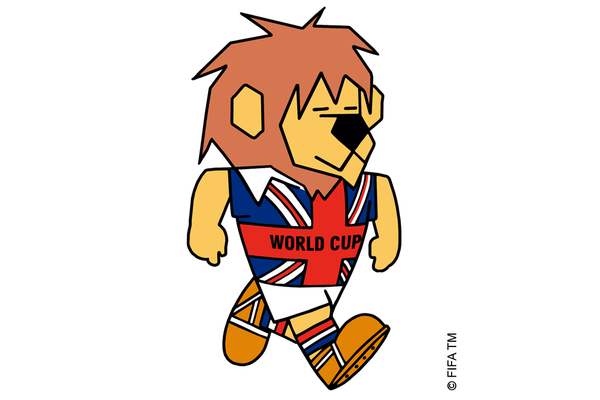
1966
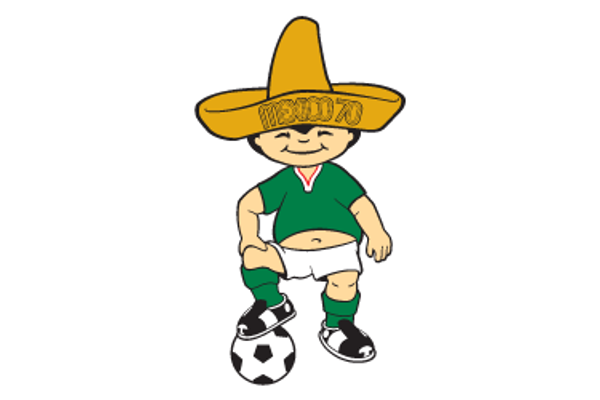
1970
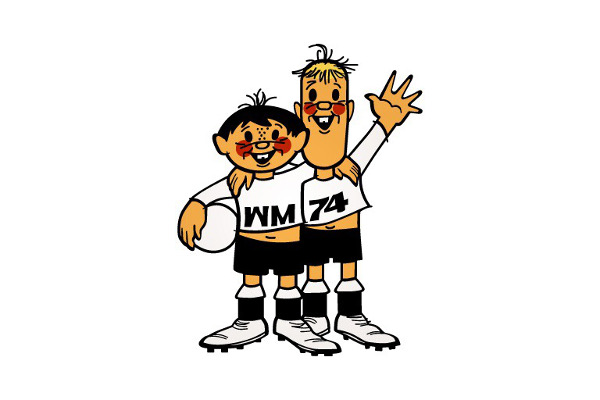
1974
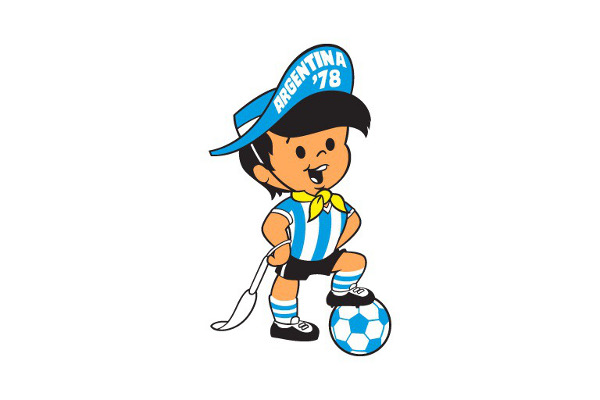
1978
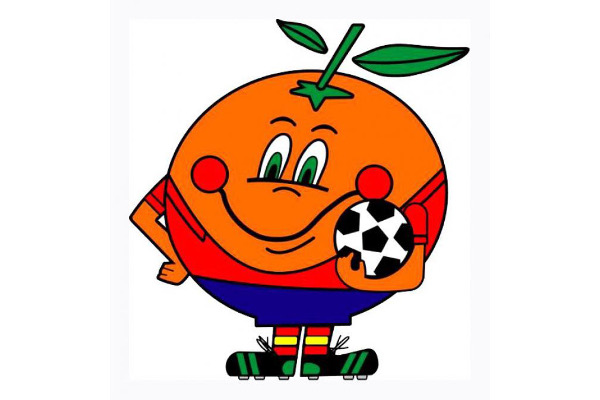
1982
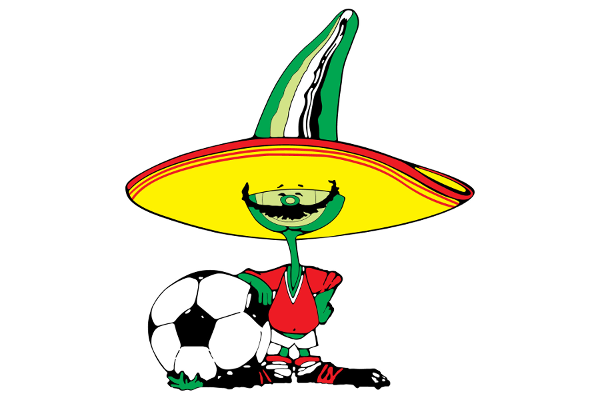
1986
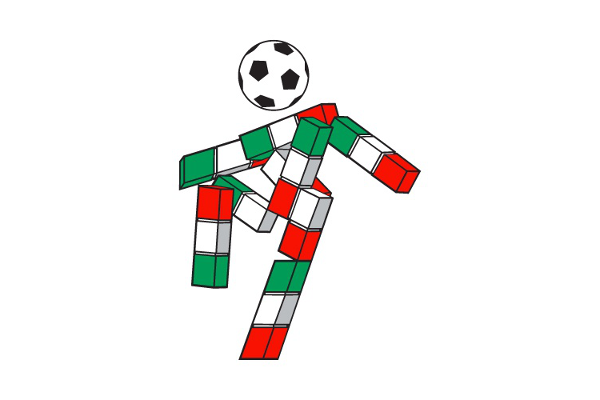
1990
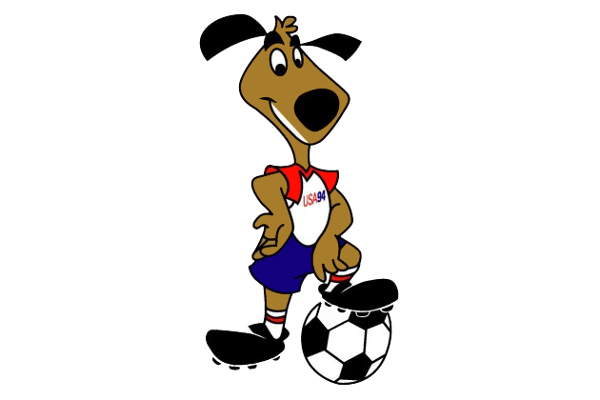
1994
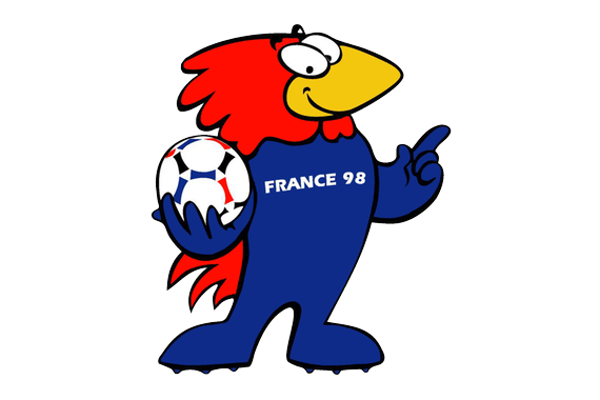
1998
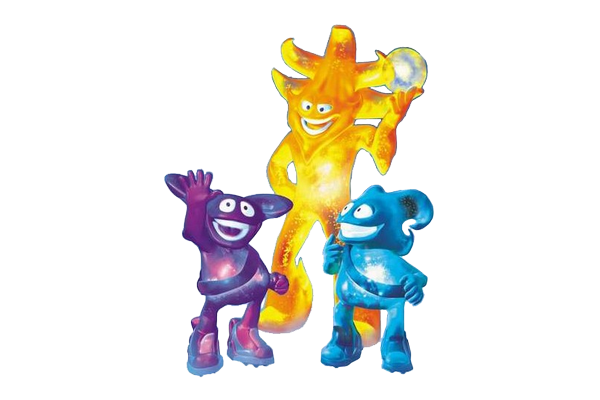
2002
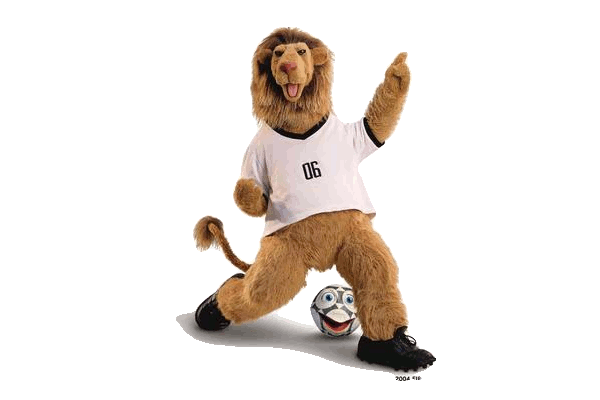
2006
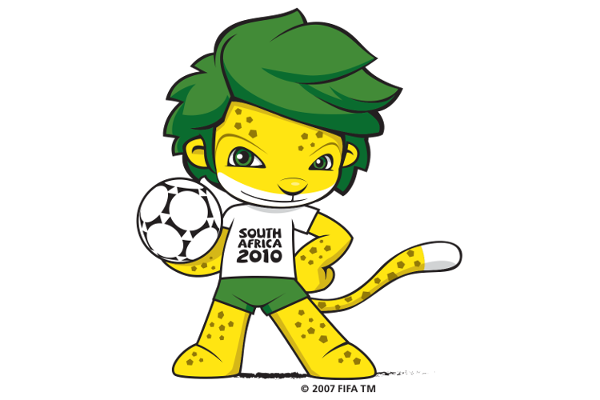
2010

2014
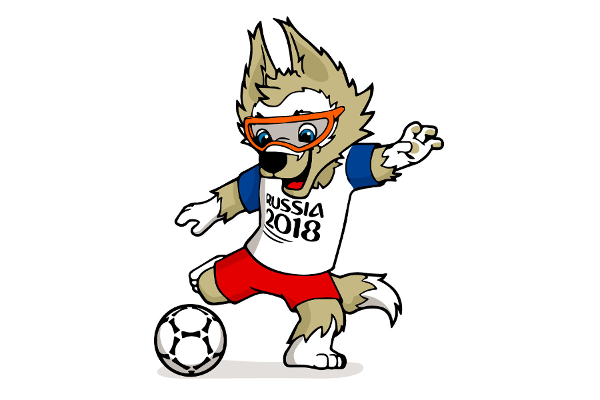
2018

2014

2018

2022
Whilst many of the World Cup logos and World Cup posters showcase some of best and most iconic examples of great football artwork, the World Cup mascots are mainly designed to appeal to a younger audience, often resembling cuddly toys. There is one exception though - Ciao from Italia 90 was seen at the time as being a bit bonkers but over the years it's become accepted as another wonderful example of Italian football coolness from the 90s.
THE WORLD CUP MASCOTS - IN DETAIL

No.1 "World Cup Willie" 1966 England
The first World Cup mascot. He's a lion, a symbol of England, and he likes the World Cup.

No.2 "Juanito" 1970 Mexico
Hefty boots. Classic Mexico 70 sombrero. Football shirt shrunk in the wash. What's not to like about Juanito ?

No.3 "Tip & Tap" 1974 West Germany
The rosy-cheeked Laurel & Hardy lookalikeys broke ground as the first World Cup mascot duo.

No.4 "Gauchito" 1978 Argentina
He's a young gaucho. He loves football. He likes neckerchiefs. And he carries a whip.

No.5 "Naranjito" 1982 Spain
An orange. In a Spain kit. Surely the most iconic orange-based mascot ever.

No.6 "Pique" 1986 Mexico
Realising that human mascots were no longer in vogue, Mexico now went for a moustachioed jalapeño called Pique.

No.7 "Ciao" 1990 Italy
With it's football head and cubed-tricolore body, Ciao looked like something out of a Picasso XI. Our favourite mascot ever though and the only one that almost became a cultural icon of the actual tournament.

No.9 "Footix" 1998 France
Classic Gallic rooster that ticks all the essential mascot boxes. And not Asterix, but Footix.

No.10 "Ato, Kaz & Nik" 2002 Japan/S.Korea
Also known as "The Spheriks", part of an "Atmoball" team. The Far East lost the plot here, this was truly dreadful - a real low point in World Cup mascots.

No.11 "Goleo" 2006 Germany
Supposedly a lion, but looking remarkably like a bear. Whatever Goleo was, it had no pants on.

No.12 "Zakumi" 2010 South Africa
Clever this. ZA=South Africa Abbreviation. Kumi=10 in some African languages.

No.13 "Fuleco" 2014 Brazil
A footy-mad armadillo. To be honest, maybe Scolari should have picked Fuleco ahead of Fred.

No.14 "Zabivaka" 2018 Russia
Zabivaka was a spiky-haired wolf that wore Edgar Davids' glasses. His name apparently means "the one who scores".

No.15 "La'eeb " 2022 Qatar
La’eeb may look like a ghost, but in actual fact it’s a representation of the Keffiyeh, a men's head-dress used throughout the Arab world. And the name? It The means "super-skilled player" in Arabic.
Tweet
